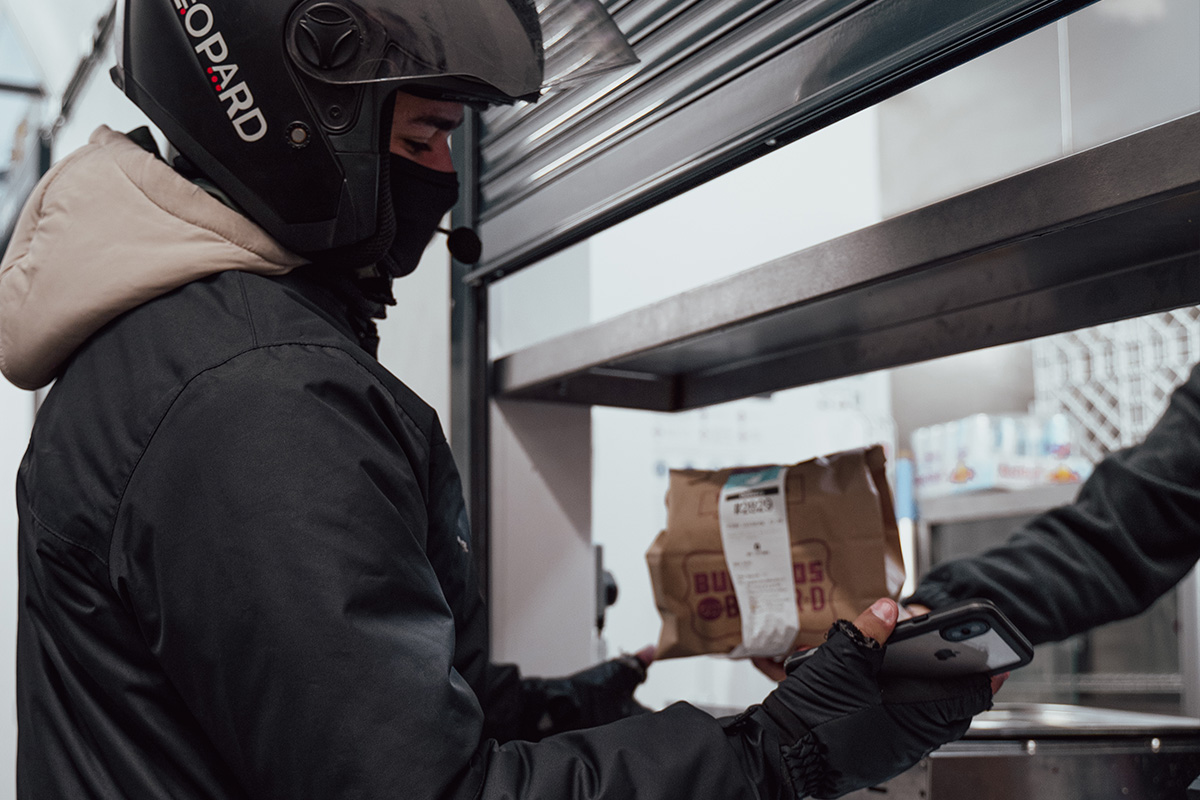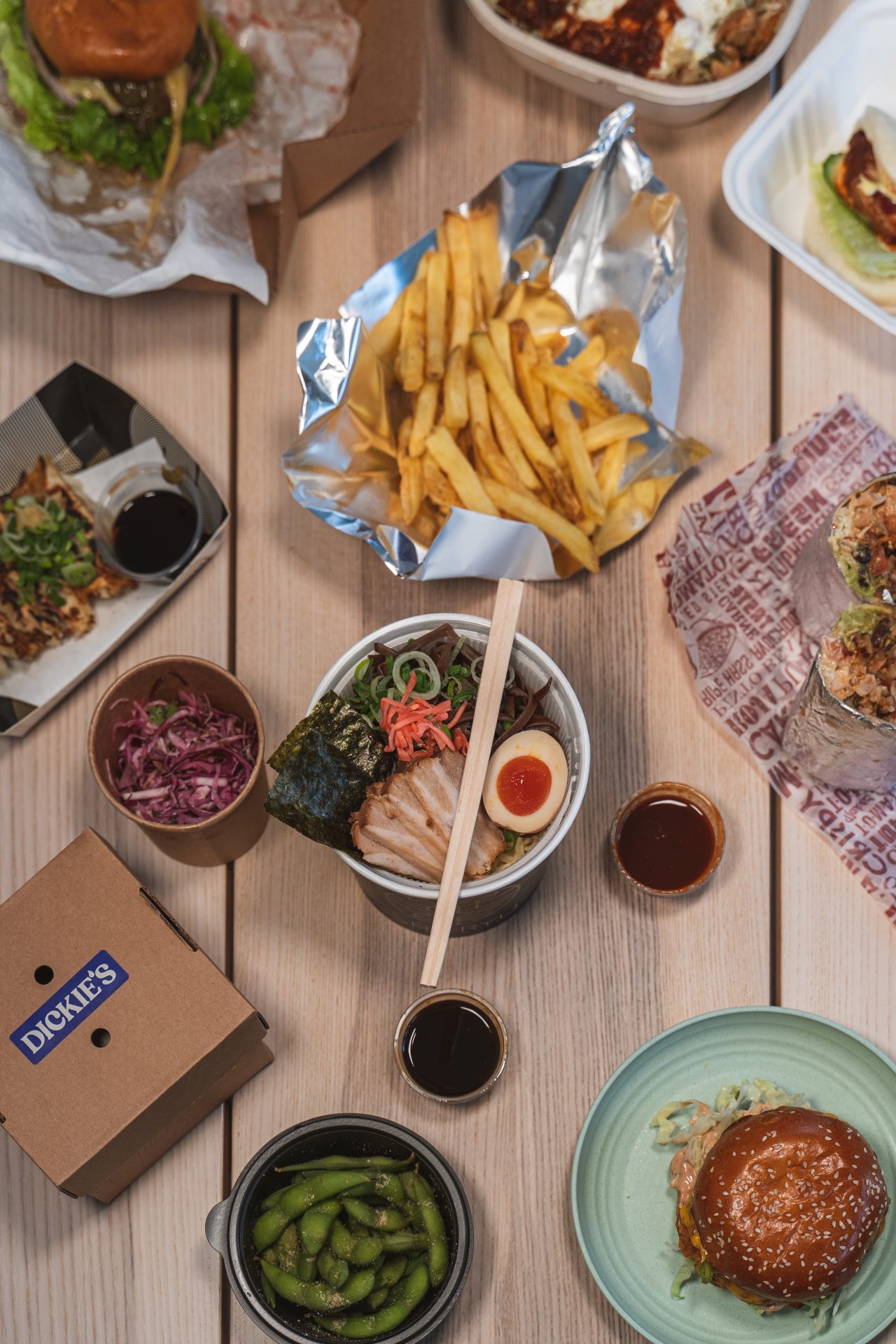Could food delivery be the enabler of a sustainable food ecosystem?
CO2 has become an increasingly hot topic as evidence of global warming mounts and the consequences of our behaviours documented. We now know that what we eat and how we package it makes up a significant portion of our CO2 emissions. We built our farming, grocery shopping and cooking practices before we had access to all this data. We produce monocrops, exploiting our soils; we package up ingredients into plastic that extends the life of our groceries so they can last for weeks on the shelves; and we use guesswork to figure out demand, so we end up throwing away a third of what we produce.
The way people eat is continuing to evolve, and the fast-growing online food delivery space is disrupting the entire food ecosystem. Luckily, it’s here to stay and with it, we have a major opportunity to rethink how we produce and consume food. That being said, the way it’s done today is far from ideal. A recent study on takeaway food from the Sustainable Restaurant Association and Just Eat found that £1.8 billion worth of takeaway food is thrown away every year in the UK. And we are too often left with piles of plastic packaging.
What is the definition of sustainable food?
Broadly speaking, a sustainable food system encompasses availability, quality, safety, affordability, and economics, as well as climate change and emissions. However, ultimately for food to be sustainable it must work in harmony with our environment without exploiting more resources than can be replaced.
Why food delivery could be the answer
According to WRAP, the UK’s avoidable food waste in 2011 gave rise to at least 20 million tonnes of carbon dioxide equivalents per year, out of a UK total of around 500 million tonnes. And that for every tonne of food waste that is prevented, we could avoid 4 tonnes of carbon dioxide equivalents. In order to maximise food waste prevention, the whole food ecosystem needs to be redressed, and this is only one part of the problem.
At Growth Kitchen, we want to build a fully sustainable way to enjoy food. We are taking away the power of lobbyist food brands, agriculture companies and grocery stores who, although taking incremental steps, are very slow to update the current status quo. We are creating a whole new alternative to develop and distribute food, where people can enjoy well-sourced, sustainable ingredients that are bought on-demand, paying close attention to customer habits so that restaurants can buy stock accordingly. On top of this, we believe food packaging should be designed for sustainability where single-use plastic is completely eliminated, and that production and processes across the entire food value chain should become non-polluting.
Our commitment

We have already started to take action:
- Partnering with restaurants that are choosing biodegradable and recycled packaging
- Aggregating sales data to understand habits, stock and food waste in our hubs
- Offering storage units where food can be stored safely and correctly
- Providing vegetarian and vegan alternatives and sub-brands
Within the coming months, we will have quantified and offset the CO2 footprint of all our brands and operations. But offsetting is not a long-term solution.
We continue to take action with the aim to reduce the footprint of our operations to a minimum. We have five pillars we’re focusing on:
1. What we eat
We can’t force diets on people, but we can provide exciting low CO2 alternatives. We will continue to prioritise and promote largely plant-based options and aim to eliminate red meat to get to a point where one can sustain a full, healthy and exciting diet just with our food offerings.
2. How we source ingredients
Working with suppliers to understand where our ingredients come from with an aim to avoid further deforestation and reduce our reliance on mono-crops, poor animal welfare and unsustainable farming practices.
3. How we cook the food
Working with sustainable energy suppliers and using data science to aggregate supplies across our brands and predict demand to prepare the right amount of ingredients.
4. How we package it
Eliminating the use of plastic and working with companies to develop a circular packaging system where we can reuse most of the packaging.
5. How we deliver the food
Introducing electric vehicle charging stations and working with delivery apps and other delivery solution providers to reduce our reliance on fossil fuels.
In the next year, we will have established the foundations of each of the five pillars with an aim to set the foundations of a world, where eating food from a Growth Kitchen hub is one of the most sustainable ways to enjoy food. We will work with the broader industry to address this complex topic and create an affordable and sustainable alternative to grocery shopping.
If you’d like to learn more about our five pillars for reducing our carbon footprint or find out more about our operations, email us at info@growthkitchen.co.


